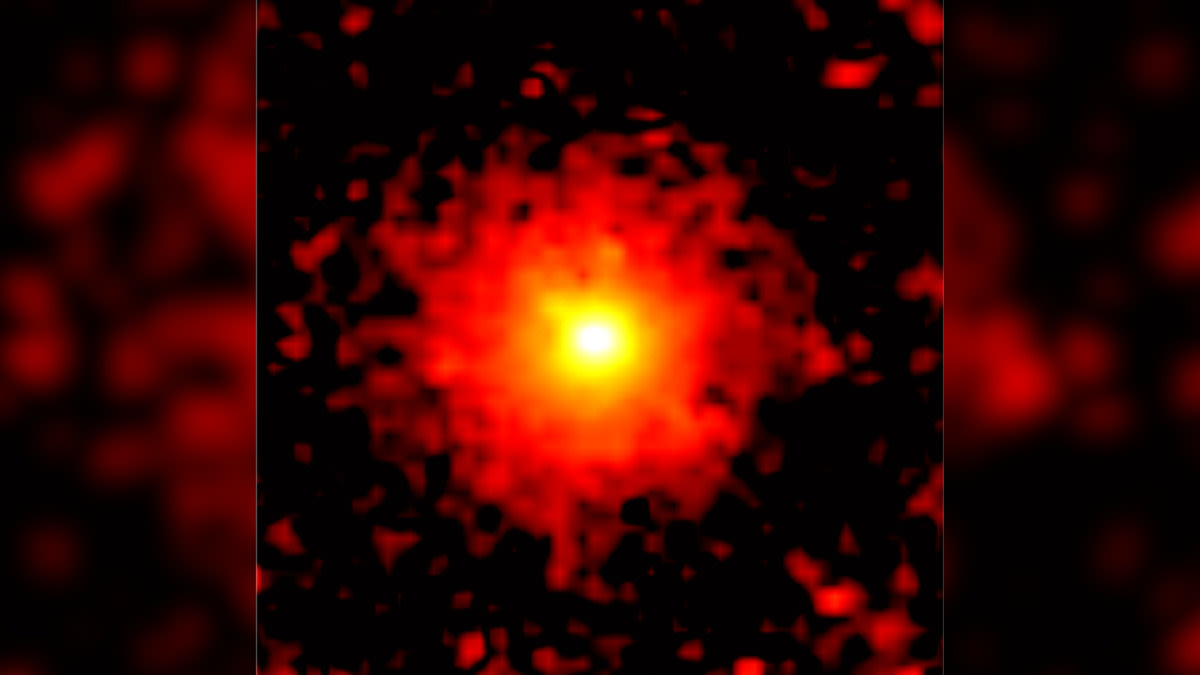Watch interstellar comet 3I/ATLAS live this week as it nears closest approach to Earth

Those who continue to be fascinated by the interstellar comet 3I/ATLAS are in luck, as the Virtual Telescope Project has something special planned for them. Starting at 11:15 p.m. EST on November 18 (0415 UTC on November 19), they are going to show the interstellar comet live on their YouTube channel, sharing real-time images snapped by their robotic telescopes in Manciano, Italy.

Of course, the success of the event depends a lot on the weather. In fact, the event was initially scheduled for November 16, but had to be postponed due to clouds and rain. It was because of clear viewing conditions on November 11, 2025, that the Virtual Telescope Project founder, Gianluca Masi, was able to capture a particularly fascinating image of 3I/ATLAS. Snapped with the ARTEC250+Paramout ME+C3Pro61000EC robotic unit, the image, consisting of 18 exposures of 120 seconds each, revealed that the ion tail of the interstellar visitor is now more well-defined than ever.
Can 3I/ATLAS be spotted with the naked eye?
3I/ATLAS is currently in the constellation of Virgo, about 192 million miles (309 million kilometers) from Earth, per Sky Live. While it can be found rising above the eastern horizon in pre-dawn hours, an observed magnitude (brightness) of 10.1 means it is too dim to be spotted with the naked eye. However, if you have a small telescope in the attic somewhere, you’ll be able to catch its coma as a fuzzy blob of diffused light if you set your eyes on a particularly dark patch of the sky.

When is 3I/ATLAS going to be the closest to Earth?
The object made its closest approach to the Sun (perihelion) on October 29 at a distance of about 125 million miles (202 million kilometers). Currently, it is on its way out of our solar system, but before it makes its exit, it is set to make its closest approach to Earth on Friday, December 19, at a distance of 167,171,912 miles (269,037,114 kilometers) or 1.798 Astronomical Units.

NASA to release previously unseen images of 3I/ATLAS
As exciting as it is, the Virtual Telescope live stream is not the only event that stargazers have to look forward to. With the U.S. government shutdown (October 1 to November 12) coming to an end, NASA has announced that it is going to release never-before-seen images of 3I/ATLAS captured by its various missions at a live event held at the Goddard Space Flight Center at 3 p.m. EST on November 19.
![Hubble captured this image of the interstellar comet 3I/ATLAS on July 21, 2025, when the comet was 277 million miles from Earth. [Image Source: NASA, ESA, David Jewitt (UCLA); Image Processing: Joseph DePasquale (STScI)]](https://de40cj7fpezr7.cloudfront.net/c49eeb4e-e60a-46c0-b39f-68fbb2ee9297.jpeg)
The closest image of 3I/ATLAS we have seen so far came from the ESA’s ExoMars TGO satellite. But since it wasn’t designed to capture fast-moving objects, it couldn’t distinguish the coma from the tail. Now, if Harvard astronomer Avi Loeb is to be believed, the images released by NASA may include high-resolution ones from the HiRISE camera aboard the Mars Reconnaissance Orbiter. If that is the case, the astronomer is confident that they will assist in figuring out the geometry of the anti-tail and in establishing a better estimate of the nucleus diameter. These are things that weren’t possible with the high-resolution images obtained by the Hubble Space Telescope on July 21, 2025.
More on Starlust
ESA tracks interstellar comet 3I/ATLAS with 10x accuracy, thanks to Mars orbiter
Penn State astronomer rebuts Avi Loeb’s claims of 10 'anomalies' in 3I/ATLAS









